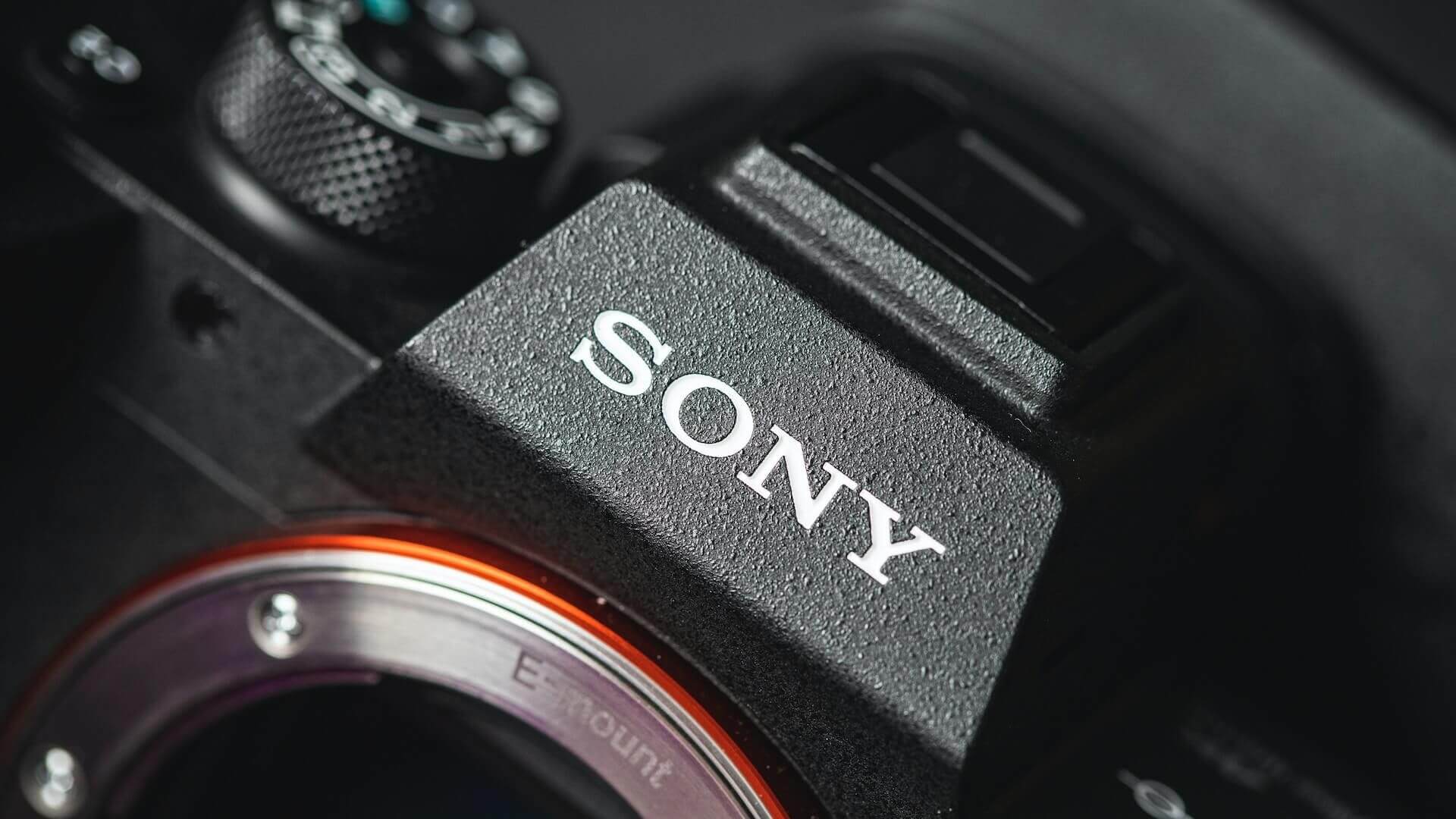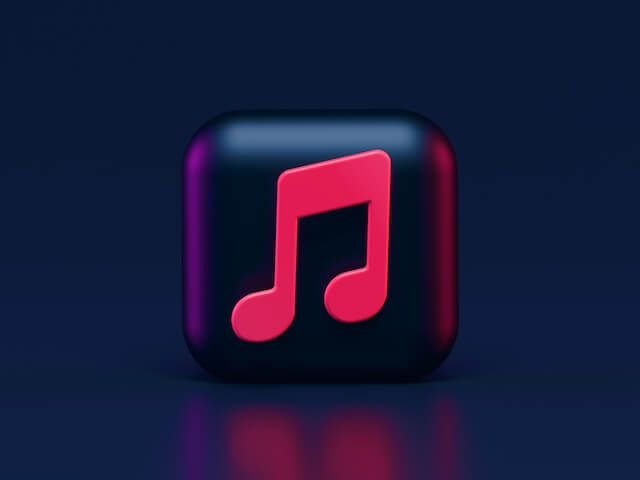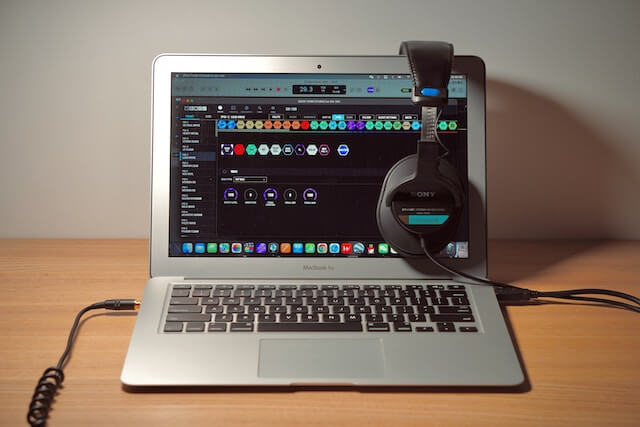
Throughout history, any time in the past could have failed to create as rich a variety of music for all tastes as it is now. The Internet has given rise to streaming platforms such as Spotify, YouTube Music, Amazon Music, and others, and everyone can now discover and enjoy a wide variety of music from centuries until now.
Unfortunately, traditional methods of managing music rights have struggled to keep pace with the world's rapid development. The need to protect creators' rights is urgent, and its methods need to be innovative. A solution that simplifies royalty tracking and collection ensures fair compensation on the one hand, and allows musicians to focus on their art rather than on administration on the other.
Digital Rights Management (DRM) and copyright verification are essential to ensure that musicians are compensated for their work. Copyright ownership begins with the creator of the content. The creator can then sell or transfer it to other parties. The system of record must be able to verify copyright and be able to compensate for the use of the material in accordance with the laws of the relevant jurisdiction.

Copyright information in today's music industry goes through many steps before listeners can enjoy the content: music companies, copyright administrators, and retail music services are all involved in the process before the music reaches the end user.
At each step, contracts must be exchanged and verified. Some organizations have proprietary systems to manage this information, but the systems are complex and there is a high risk that copyright information will be lost in the process. The resulting web of interactions relies on time-consuming cross-checks of each party's individual data stores, which are often not accessible across organizations. Some steps even require the exchange of physical documents.
This outdated system and the increasing volume of transactions combine to increase costs for copyright offices, record labels and media companies. The unfortunate result is that creators pay higher fees, so there may be less incentive to create new music. And it will also slow down the process of obtaining the rights to license music for use, which will have a negative impact on revenues.
Sony Music Entertainment (Japan), Inc. is Sony's global music group, and Sony Music Entertainment has decided to tackle the challenge head-on.

Blockchain nicely simplifies many two-way verification transaction specification systems, which ensure that transactions are reliable, secure and unmodifiable. Each stakeholder has access to a shared ledger using a peer-to-peer network, and the ledger can be independently verified. This significantly reduces the number of business transactions required to validate music copyrights. Because the blockchain cannot be altered, all parties can ensure that transactions are valid without having to directly contact each other for each transaction.
Sony Music Entertainment has been using Amazon Web Services (AWS) since 2012 and by now hosts most of its customer-facing services in the AWS cloud. haraguchi said, "Our experience has shown us that AWS provides the security, availability and flexibility we need.
In addition, we expect that AWS can significantly reduce development and infrastructure costs compared to other providers. And, we don't need to spend time and money developing a blockchain foundation from scratch. "With Amazon Managed Blockchain users can easily adopt open source frameworks such as Hyperledger Fabric and EtUnm to create and manage blockchain networks at scale.

Participants in the DRM system are able to share and verify key information such as the date and time of creation and artist details, and can also automatically verify the generation of written work ownership.
One way to achieve this is to create a specific user blockchain when a music consumer registers with the DRM system. As individual users gain access to content, the vendor system adds a new block representing those permissions, and can then send encrypted music data that can be decoded once it is verified by the user rights blockchain.
This system promises to increase productivity while maintaining proper rights handling. The system could simplify the interaction of artists with information related to their rights and could create a new environment in which a new generation of creators could confidently publish and own popular content.
This would help reduce the cost and complexity of various copyright management tasks. The biggest benefit is that it has the potential to reduce the cost of digital rights management and therefore increase compensation to artists. With this platform, we hope to see music creators from Japan become more active around the world," said Mr. Haraguchi of Sony Music Entertainment. We also hope to bring our platform to the world."
